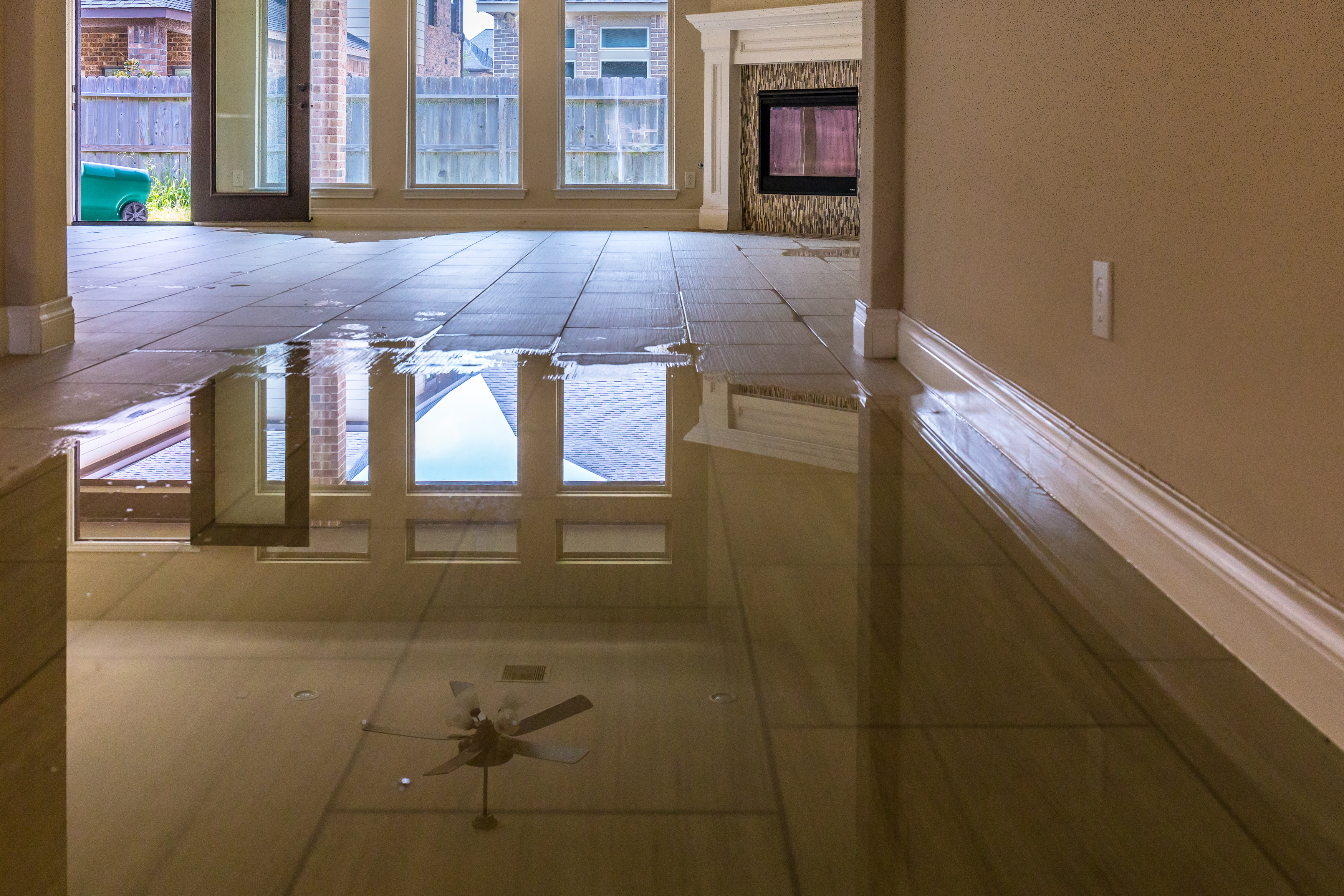Bathroom Water Damage - Ways To Stop This Happening
Bathroom Water Damage - Ways To Stop This Happening
Blog Article
Are you trying to find related information about Common Causes of Water Damage in a Bathroom?

The restroom is very susceptible for wet build-up and possible water damage as a result of the regular use of water in it. This post offers straightforward assessment strategies to assist finding water damage threats.
The regular use water in the restroom makes it extremely prone for moist buildup and prospective water damage. By checking it consistently, you can reduce water associated damages.
The complying with collection of evaluations is very easy to carry out and also ought to be done as soon as in every three months in order to keep your washroom in good shape as well as to stop potential water problems brought on by the bathtub, the shower, pipe joints and also plumbing, sinks, cabinets, and the bathroom
Do not forget carrying out these assessments and be complete while executing them. Remember that these simple evaluations can save you a great deal of cash by providing early indications for water damages
Bath tub and also Shower
The shower and also tub call for unique attention and maintenance. Inspect the floor tiles and also change if fractured. Make sure that there is no missing grout between the tiles. Check and replace broken caulking at joints where the walls satisfy the floor or the tub. Blocked drains as well as pipelines issues will certainly avoid the bathtub from drying and also might show serious troubles under the bathtub. Consult with a professional immediately to stop architectural damages. Focus on discolorations or soft areas around the bath tub wall surfaces as they might show an inner leakage.
Plumbing
Signs for water damages are difficult to discover because many pipes are mounted inside the wall surfaces.
Pay unique interest to flooring and wall surfaces wetness as well as stains as they might suggest an unnoticeable plumbing trouble. Examine wetness levels in adjacent spaces as well.
Sinks and also Cabinets
Sinks and also cupboards are exposed to dampness as well as humidity daily as well as are frequently forgotten. Check frequently under the sink and on the counter top above it. Fix any type of drip in the trap as it might suggest drainpipe issues. Take a look around the sink, slow-moving draining pipes might suggest a blocked drainpipe. Replace sink seals if they are cracked or loosened.
The Toilet
The bathroom is a vulnerable water joint. Inspect the water lines and also look for leaks around the bathroom seat, in the hose, as well as under the water tank. If you identify any kind of indications of moisture on the flooring around the bathroom, look for leaks in the toilet rim and also tank seals.
Know that hanging toilet dish deodorants increases the opportunities for clogs.
TIPS TO PREVENT WATER DAMAGE IN THE BATHROOM
The average household uses approximately 80-100 gallons of water per person per day. For a family of 4, that's almost 2,500 gallons of water a week! The largest portion of this consumption comes from bathroom use. Flushing the toilet uses the most water, followed by taking a shower or bath. With that much water running through the home, water damage in the bathroom is bound to happen. Knowing how to spot signs of a water leak is essential to preventing long-term damage. This guide provides you with tips to reduce the impact of water damage on your bathroom.
CAUSES OF BATHROOM WATER DAMAGE
Pipe breaks are the most common cause of water damage we see in our daily jobs. The age of a pipe plays a large role in a pipe break as well as corrosion. Over time, the metal begins to break down, allowing water to escape. Frozen pipe breaks are also a concern in the winter months. Toilet overflows caused by paper products or children flushing inappropriate items. Degraded caulking around the toilet or bathtub can allow water seepage, sometimes behind the fixture, into the subfloor or walls. Condensation forms when the water in a pipe is cooler than the air temperature. Beads of water form on the exterior of the pipes, sometimes so much so that the water begins to drip and pool below. Sink or shower backups created by poor drainage. HOW TO PREVENT WATER DAMAGE IN YOUR BATHROOM
Inspect your toilet supply line for worn or frayed hoses and replace them as needed. Winterize your plumbing to prevent a frozen pipe break. Use vent fans to prevent condensation that can lead to mold growth. Routinely check and replace degraded caulking around your toilet or bathtub. Increase the temperature in your toilet tank and insulate your pipes during the warm summer months to keep condensation from forming. Use child safety locks on the toilets. Flush only toilet paper. "Flushable" wet wipes are actually not good for your plumbing system. Additionally, feminine hygiene products should not be flushed. Prevent water from escaping the tub or shower. Make sure shower curtains are in good condition. Inspect shower doors and replace the seal strip if necessary. Wipe up any water that accumulates on the floor and use bath mats. Water left to sit can cause damage to the tiles and flooring. Refrain from using bath products containing heavy oils to avoid a clogged drain.

We were made aware of that write-up on How to Prevent Bathroom Water Damage from an acquaintance on another web property. In case you enjoyed our blog entry kindly don't forget to share it. Thanks a bunch for your time. Please come visit our site back soon.
Browse Website Report this page